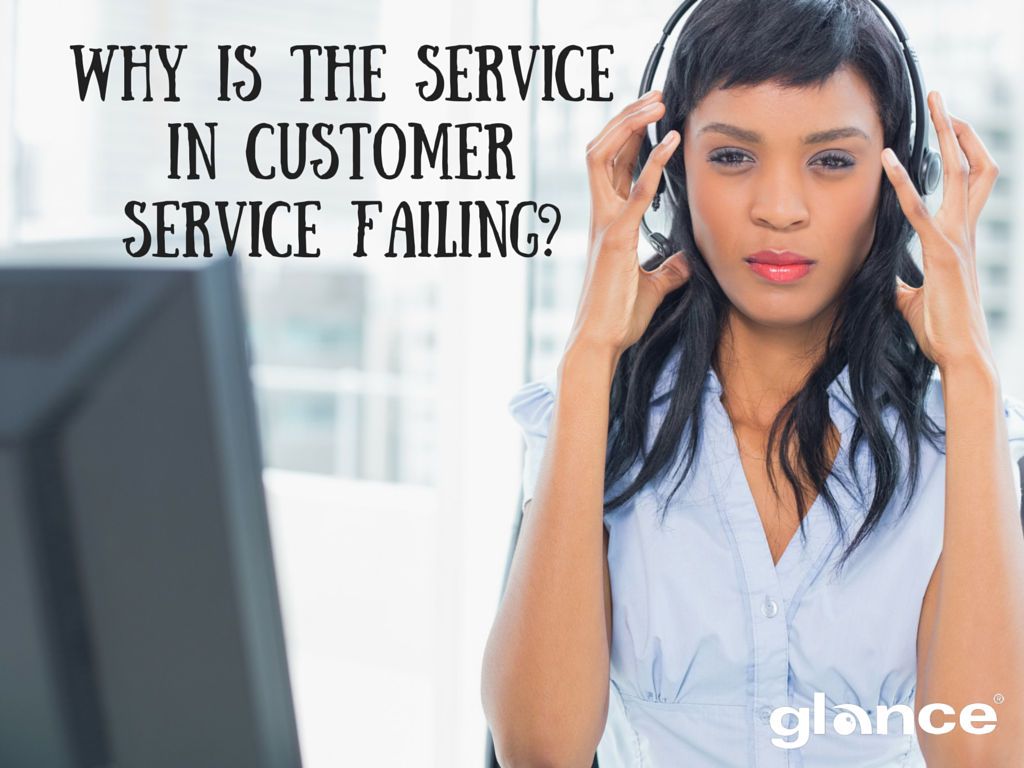Customers are still human beings. Sometimes, in this day and age of mountains of data, it’s easy for companies to lose track of that seemingly obvious fact.
However, the customers themselves will never forget it and they expect businesses to keep it top of mind. In fact, those organizations that provide a personalized, humanized customer experience—online and off—are those who will thrive and tower head and shoulders over the competition.
Not sure where to start in order to provide the type of environment your customers crave? Here are three steps companies are following today.
1. Blending the online and offline experience
It’s not just that Black Friday and Cyber Monday have blended, it’s that customers expect to be met where they want to interact.
Enter the omni-channel world. Businesses can take consumers from their current channel of choice and seamlessly care for them within an uninterrupted brand experience through digital and physical environments. Yet throughout this trip, the customer isn’t necessarily consciously aware or concerned about where one channel started and the other finished.
Creating seamless experiences takes a lot of effort and dedication to the end goal. Take, for example, Canada’s sports gear company Sport Chek. Sport Chek uses presence to enhance and drive a highly personalized experience and perform optional customer location tracking in its stores.
If you agree to let the company track you in its stores, it will take note of which items you stop to check out or purchase. It then sends you coupons and suggestions that are personalized specifically for you, based on your interests.
This type of tracking also provides employees with information that will allow them to personalize customers’ in-store experiences. Information employees might receive could include customers’ names, whether customers have been to the store multiple times, and what might convince them to make a purchase in the future.
2. Migrating from Customer Service to Customer Care
Customer service is a phrase that has received much buzz.
Good customer service hasn’t gone out of style. However, it has expanded from the basic process of assisting customers who are making a purchase or using a service, to the broader process of caring for your customers throughout their journey. This may include helping customers research products or services, assisting them through the purchase process, nurturing them after the purchase so they continue to make new purchases in the future, and more.
It’s critical to teach employees how to truly interact with and listen to customers. Scripts are great starting points. However, the truly enlightened company will teach its employees to go beyond flow-charted communication to genuine conversations.
Moreover, customer care includes truly understanding your customers at whatever point they are in their journey. This means taking the time to understand their needs and drivers from day one. If you don’t have that knowledge, you will never be able to personalize the conversation and care for your customers in order to keep them satisfied in the long term.
3. Personalizing the Experience—Without Crossing the Border into Creepy
As I mentioned above, personalization is a key way to gain customer loyalty. That said, you have to be careful not to cross the line into “creepy.” As mentioned in this interesting article on the subject, “With the use of social media, mobile technology, sensors, geo-fencing and CRM, brands can deliver even more personalized marketing communications and offers to customers. But just because they can, does that mean they should?”
Getting customers’ opt-in is key to keeping the comfort level up. For instance, Gap is working to add in personalization factors that are “cool, not creepy. This includes targeted emails and landing pages online, as well as optional customer tracking in-store. However, nothing is done without express permission and all factors have been added with the intent of bringing additional value to its customers.
Another example is Ancestry.com, who provides a visual engagement solution to its online customers. What does this mean? Any time customers have questions or concerns, they can speak with a representative “face to face,” despite the fact that they are working online. With permission, agents can see exactly what customers are seeing and expedite the process of resolving problems. And—you guessed it—no private information is exposed.
The Bottom Line
Those companies that take the extra steps to meet their customers in the locations that they want to shop and take the time to treat their customers like actual people, are those companies that will thrive. If you can blend the online and offline experience, focus on customer care, and bring personalization—without being creepy—you will be well on your way.
Looking for more CX insights? Sign up for our newsletter, Guided CX Today, below.
SaveSave
SaveSave



